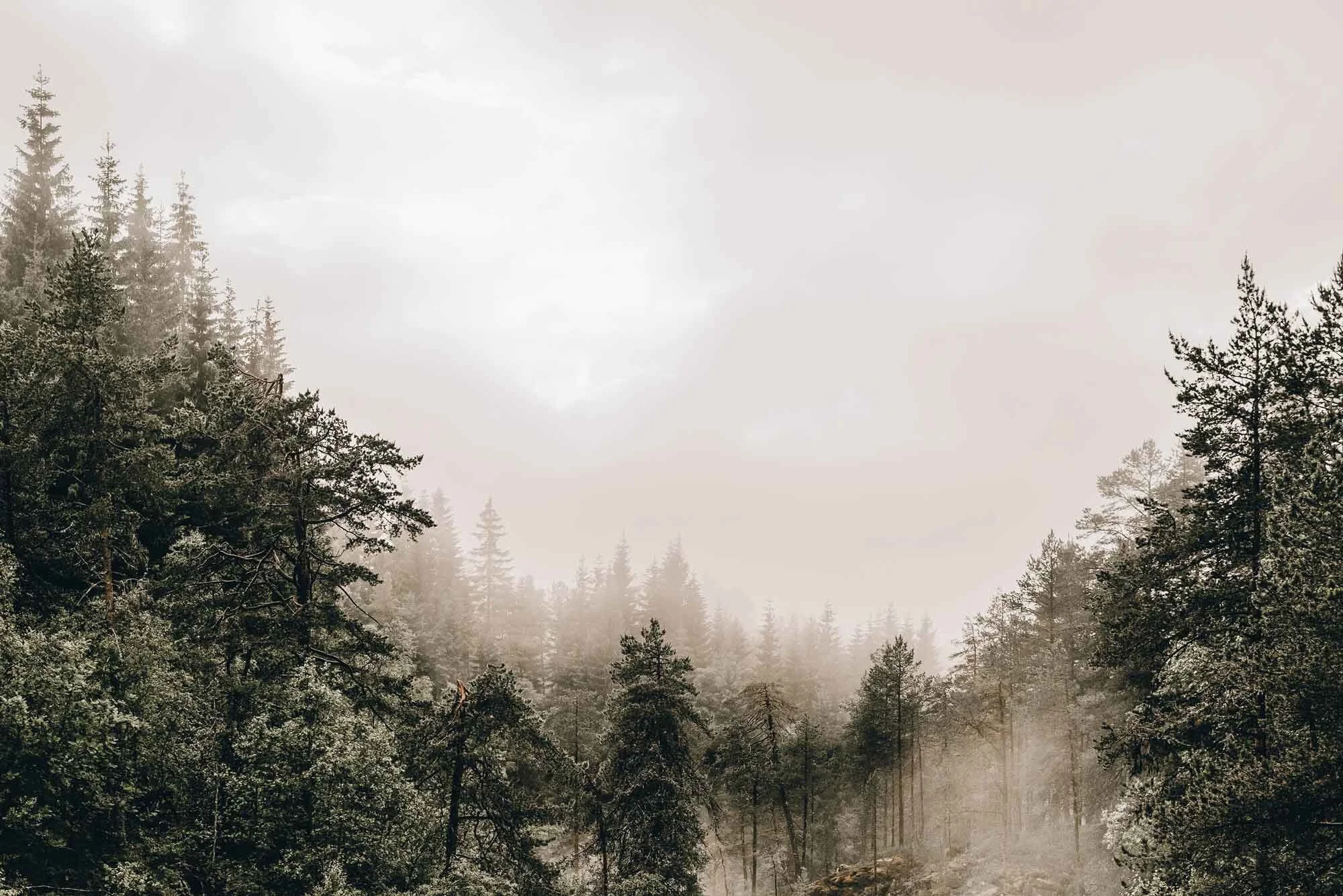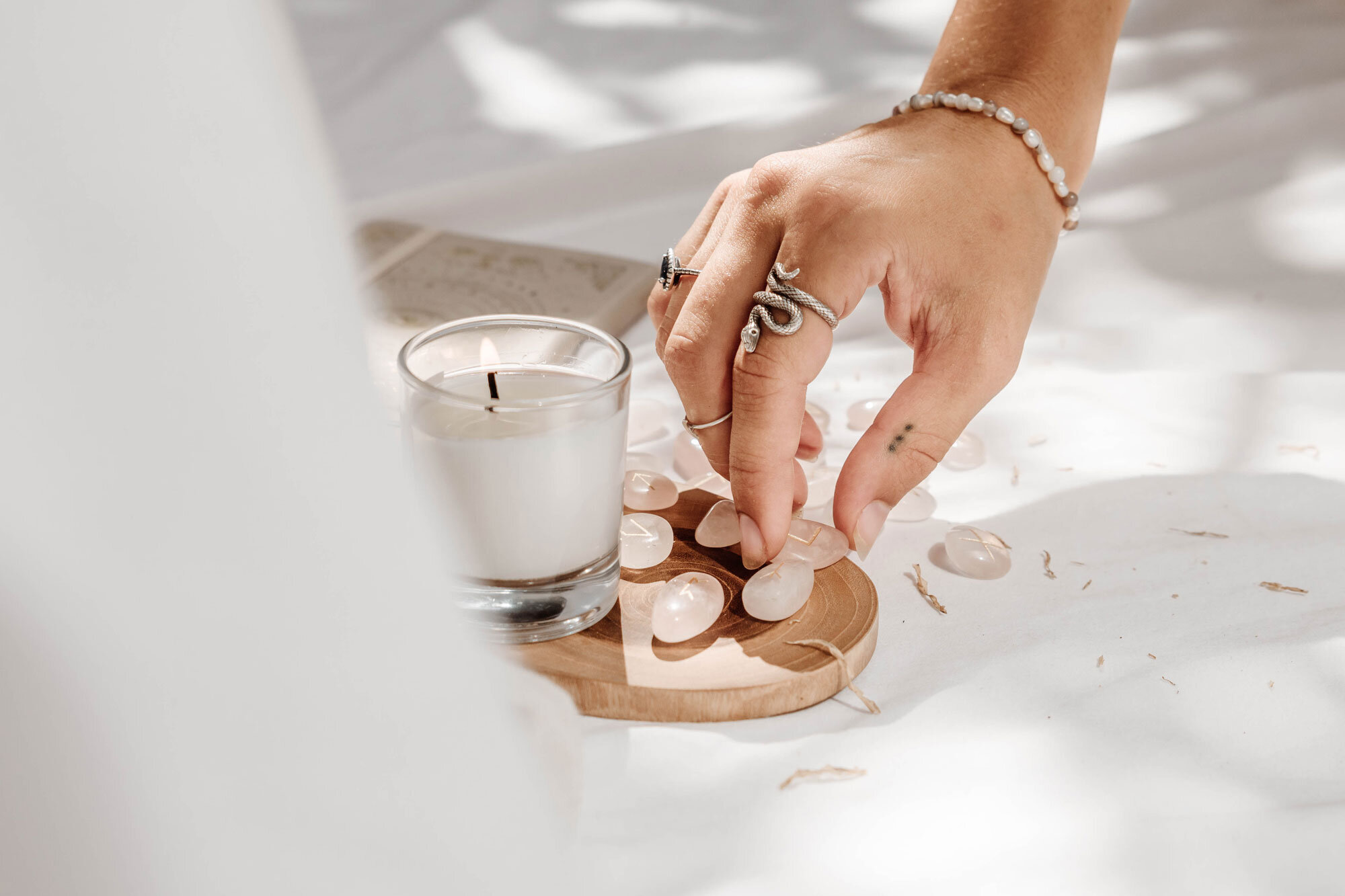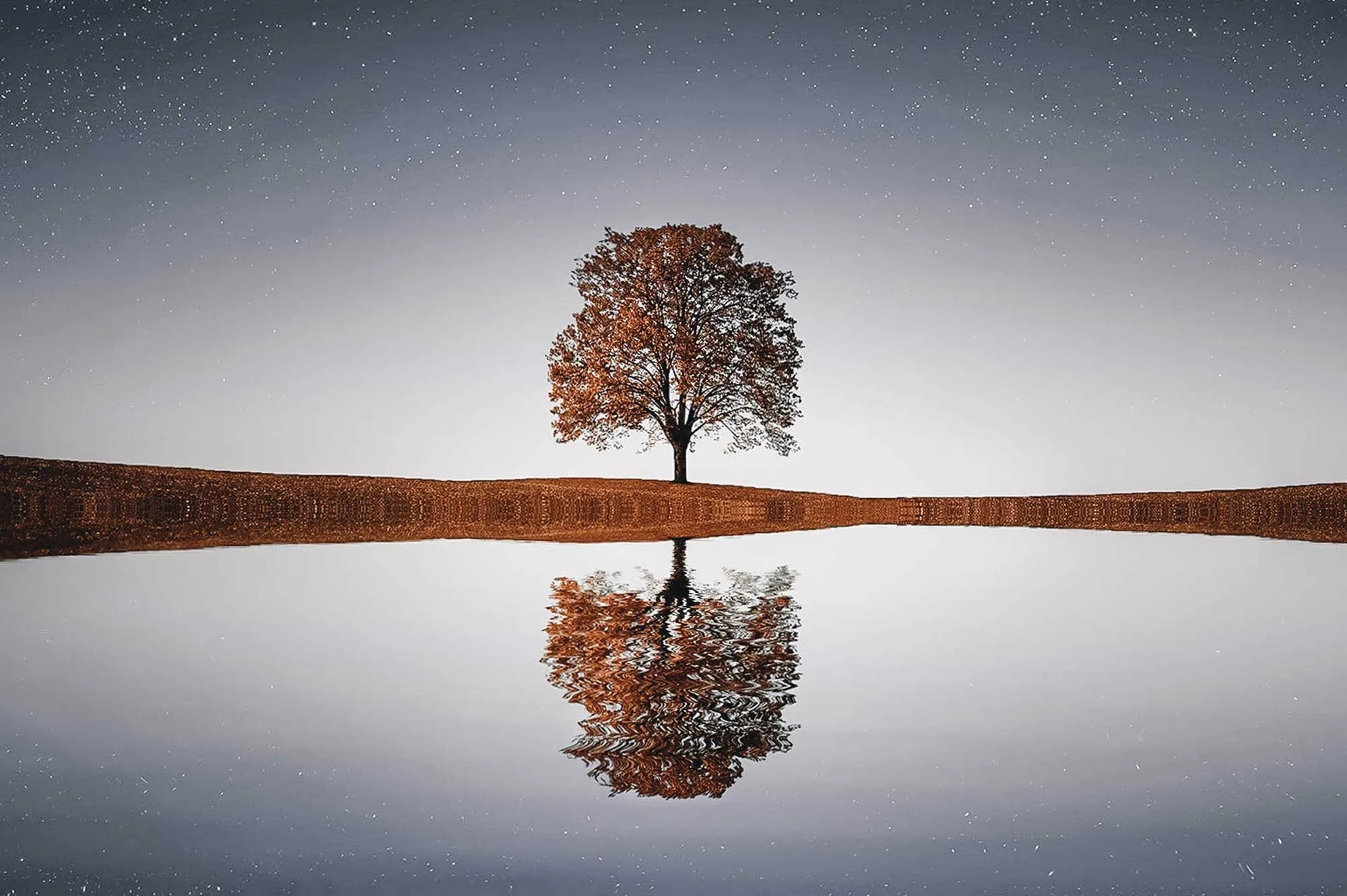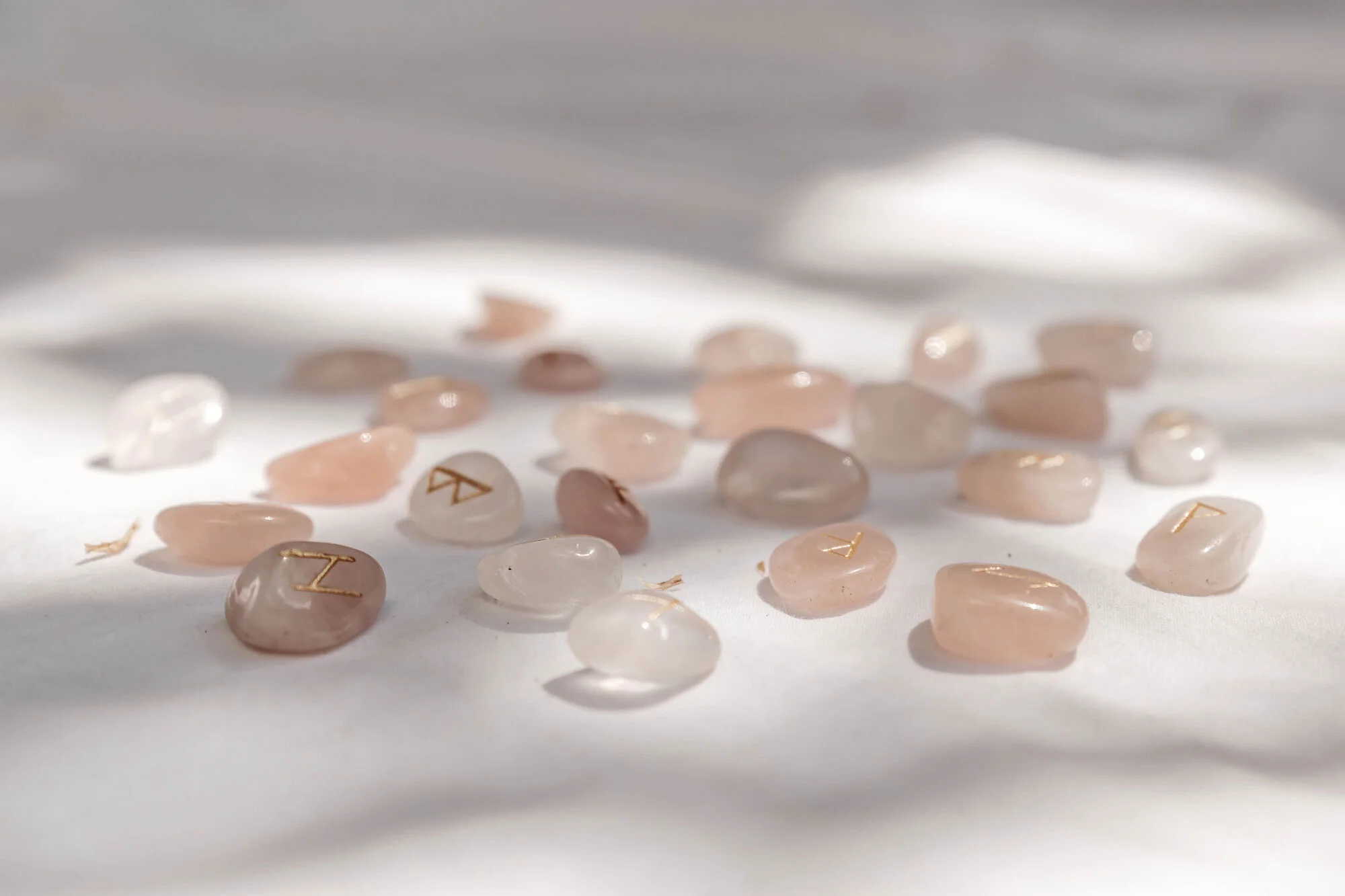Norse Mythology Gods And Goddesses
This post might contain affiliate links. If you choose to purchase through these links, we may receive a small commission at no extra cost to you. By using these links you are directly supporting our ability to share our mystical musings, thank you!
Norse Mythology Gods And Goddesses
Norse Mythology dates back to Proto-Indo-European times across Nordic cultures and Germanic people in Northern Europe. It is largely based on local myths and Norse religion of the Earth, sky, heavens, war, fertility, harvest, weather, and other earthly matters, similar to Pagan, Celtic, and Druid deity legends. It is what Viking age myths were based on, and the stories most often involve the relationship between the Gods, humans, and the jötnar (mythical beings). Much still remains in Scandinavian folklore, the largest source coming from the Prose Edda written by Snorri Sturluson in 13th century Iceland.
There are 8 main Gods and Goddesses in Norse mythology (but many others), and each of these is ascribed to certain Rune Stones (an old Norse divination method- click here to read our post about them). Read on to find out which are the most important Nordic Deities, what they represent and their associated Rune Stones:
Nordic Deities (And Their Rune Stones)
The cosmos in Norse mythology consists of Nine Worlds that flank a central sacred tree, Yggdrasil, the ash/yew Tree of Life. Units of time and elements of the cosmology are personified as Deities or beings. Various forms of a creation myth are recounted, where the world is created from the flesh of the primordial being Ymir, and the first two humans are Ask and Embla.
These worlds are foretold to be reborn after the events of Ragnarök when an immense battle occurs between the Gods and their enemies, and the world is enveloped in flames, to be reborn anew. There the surviving Gods will meet, and the land will be fertile and green, and two humans will repopulate the world.
The Norse gods were separated into two main groups, the Æsir and the Vanir, who at one point in their histories engaged in a fierce and bitter war. Click here for a great visual of the Norse mythology family tree.
Norse Gods and Goddesses:
1. Odin
God of: Wisdom, healing, death, knowledge, sorcery, runes
Myth: Odin is one of the supreme Norse Gods, ruler of Asgard and king of the Æsir clan, known as the Father of Gods. He sacrificed his right eye to see all and hung upside down on the mystical ash/yew Tree of Life for 9 days and nights to gain insight into the knowledge of the runes, which he then gifted to humans. Odin can also be a bit of a mysterious character, not quite certain in what his actions will be. His wife was Frigg, who spun the fate of humanity on her spindle, never revealing the secrets of her predictions. He is usually seen flanked by wolves and two ravens called “thought” and “memory”, and rides on his eight legged horse, Sleipnir.
Runes: Ansuz, Gebo, Wunjo, Eihwaz, Mannaz, Othala, Dagaz (and the modern, optional blank Rune)
2. Thor
God of: Lightning, thunder, storms, strength, victory
Myth: One of the most popular Gods amongst the Vikings, and still to this day thanks to Marvel, Thor was depicted as always valiantly conquering and defeating his enemies, saving the world with his bravery and trusty hammer Mjölnir. Archaelogists have found many iron age hammer-shaped necklaces believed to have been created in reverence to Thor and his Mjollnir (meaning “thunder” because it was said that was the noise of his hammer). He rode a chariot drawn by two massive goats called Tanngniost and Tanngrisnir (sometimes mythology gets weird). He was the son of Odin and married to Sif, a beautiful Goddess associated with the Earth. His equivalents can be seen as Hercules. 25% of Icelandic settlers in the 10th century had the root “Þór” in their name, as well as many places being christened to Þór!
Runes: Uruz, Thurisaz, Sowilo, Tiwaz, Othala
3. Loki
God of: Mischief and trickery (sometimes compared to the Roman/Greek god Hermes/Mercury)
Myth: Loki was a jötunn, the son of giantess Laufey and giant Farbauti, a shapeshifter that could transform into animals, constantly on hunt for causing havoc, his relationship with the other Gods was complicated- sometimes helping them and sometimes hindering them. Upon learning that mistletoe was the only thing that could hurt Balder, son of Odin, he placed a branch into the hands of the blind god, Hod, and tricked him into throwing it at Balder, instantly killing him. Not actually the son of Odin and brother of Thor, as depicted in Marvel, but rather a “blood brother” of Odin and part of the Aesir clan, although sometimes because of his trickery he is not considered as such.
Runes: Ansuz
4. Heimdallr
God of: Watchman of the Gods
Myth: Another son of Odin, or perhaps descendant of the giant Fornjót, Heimdallr was the watchman of the Gods who kept guard for invaders of Ragnarök with his Gjallarhorn, where the burning rainbow bridge Bifröst meets the sky. He possesses an ability for foreknowledge and has keen senses, particularly eyesight and hearing- able to hear sheep’s wool and grass growing. The middle row of the Elder Futhark Runic Alphabet is attributed to him.
Runes: Hagalaz, Algiz
5. Frigg
God of: Prophecy, clairvoyance, fate, destiny, magic, motherhood, marriage
Myth: The most powerful of the Norse Goddesses, Frigg wove the fate of all humans on her loom, never revealing the secrets of her predictions. She was highly venerated and respected for her power and as a loving and doting mother and wife. Odin was her husband and their son was called Baldr. She made an oath with the elements, beasts, weapons and poisons that they would not injure her beautiful son, Balder, but was betrayed by Loki. The day of the week Friday, in the english language, is said to come from the name Frigg.
Runes: Perthro, Berkana, Mannaz
6. Freyja
God of: Love, beauty, sex, war, gold, seiðr (a type of magic)
Myth: Another powerful and beautiful Norse Goddess, Freya was a practitioner of the divinatory magic seiðr, able to mould the future and destinies of others, the nature of which has been lost now throughout the ages. She was also associated with sensuality, fecundity, and fertility (the Roman/Greek equivalent Goddess would be Venus/Aphrodite). Her brother is Freyr. She was a member of the Vanir clan and ruled over the heavenly meadows of Fólkvangr, where half of those who died in battle would go, and the other half were guided by the Valkyries to Valhalla, ruled over by Odin. She rode a chariot drawn by two cats and was accompanied by a boar called Hildisvíni.
Runes: Fehu, Kenaz, Gebo, Wunjo, Isa, Jera, Ehwaz
7. Freyr
God of: Peace, prosperity, sunshine and fine weather, good harvest, virility
Myth: Freyr, brother of Freyja, was an abundant God and one of the most respected in the Vanir clan (a group of Gods representing health and fertility). He is also the God of procreation and male fertility. He rides a boar and has a ship that can fold into the size of your pocket. He was married to Goddess Nanna, and was known to be the best horseback rider of the Gods. He had a magic sword that could fight on its own, and was said to be the most well-endowed of the Deities (ahem). Both Freyja and Freyr became loyal clansmen of the Aesir Gods after the war between their clans ended. It is said that they were children of the frost giantess Skadi, and sea-god Njord.
Runes: Fehu, Jera, Ehwaz, Ingwaz
8. Tyr
God of: War, victory, valour, justice
Myth: A valiant and courageous warrior, Tyr was the God of battle, believed to decide the final outcome of combat. Whenever confidence and fair outcomes are desired, Tyr is called upon. Some myths state that he was the son of Odin, others that we was the son of a giant, Hymir. Tyr lost a hand trying to trap the monster wolf Fenrir. To distract it, he placed his hand in the beast’s mouth, giving the other Gods enough time to bind the wolf to a rock. Once Fenrir realised he had been deceived, he tore off Tyr's hand. It is said that the name for Tuesday in English is descended from Tyr. The final row of the Runic alphabet is dedicated to him.
Runes: Tiwaz
In summary, Norse mythology is rich and imaginative, used to create folklore and inspire the meanings of Rune Stones. Those are eight of the most important Nordic Deities that you can work with in spell work, with Rune Stones, during Moon rituals, divination methods or simply inspiration. Let me know if you have any questions or anything else to add in the comments section below, I’d love to hear it!
If you’d like to channel the wisdom of the Gods, why not access some answers with a personalised Rune Reading!
Or, if you’d like to self-study more about the mystic world of Rune Stones, check out our comprehensive guidebook to The Secrets of the Ancient Stones.

















